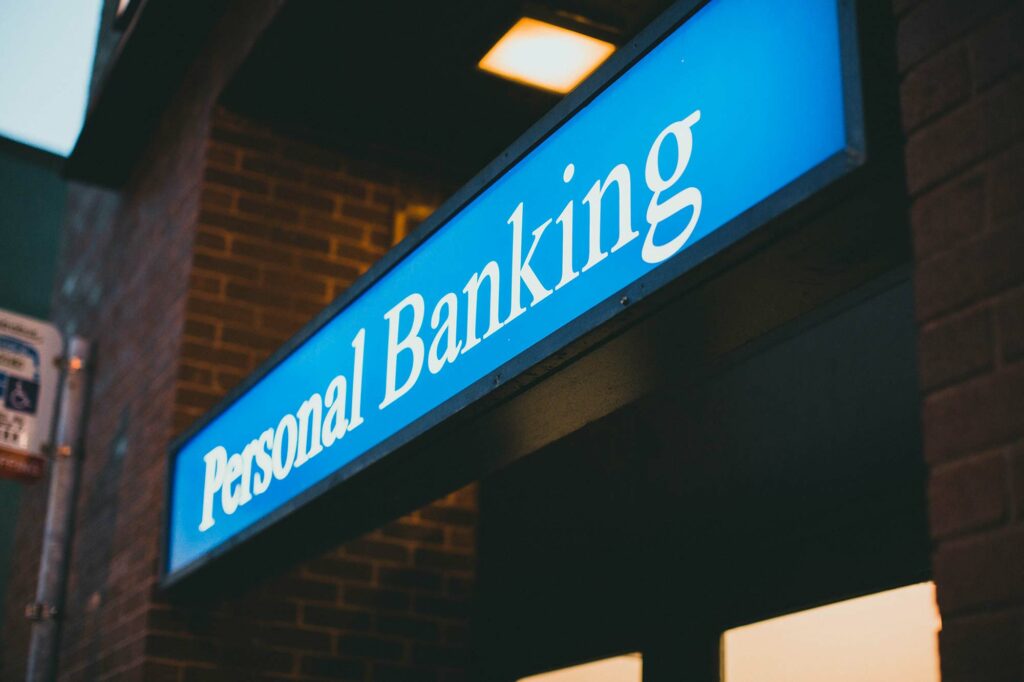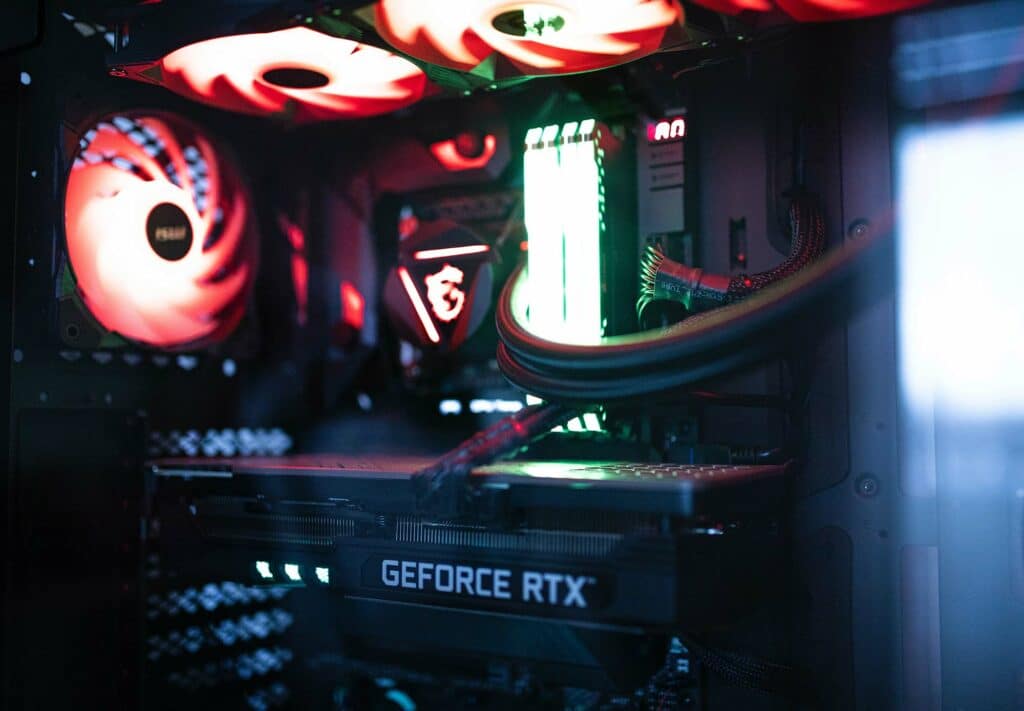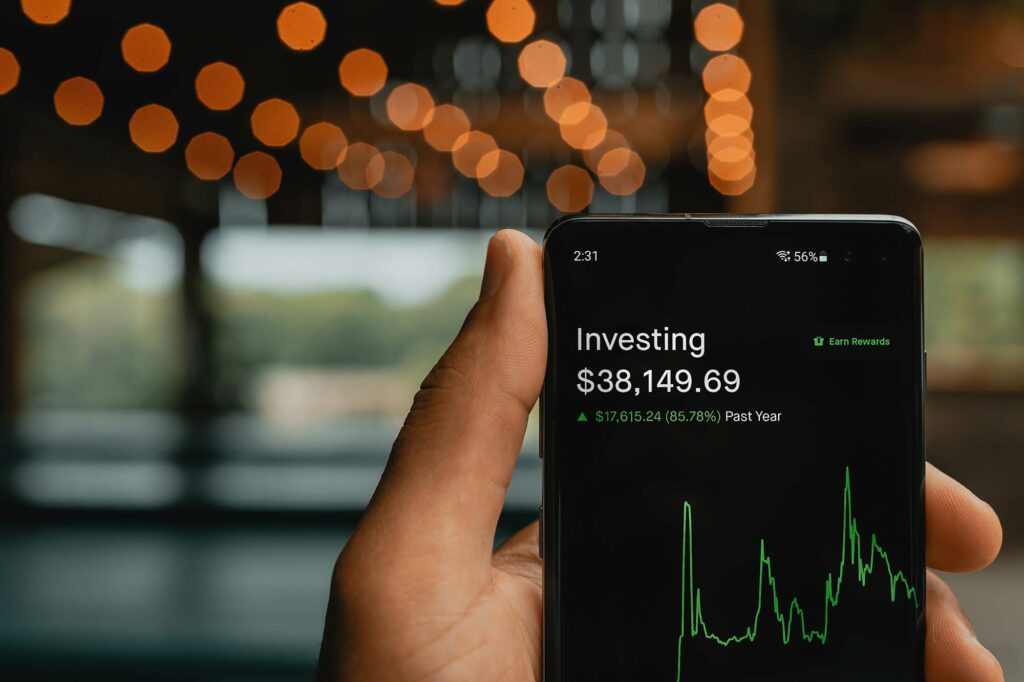How to Weather These Choppy Markets
The stock market has proven to be very resilient in recent months. Even as Federal Reserve officials talk about the need for interest rates to be higher than expected for longer than anticipated, the markets have managed to hang on to the idea that if the pace of rate hikes slows, the eventual destination does not matter.
I suspect that the group of traders who believe this have never experienced rapidly rising interest rates or high levels of inflation, and will eventually be proven wrong.
Still, it will be a bumpy road for all of us before everything settles. We have already seen several sharp snapback bear market rallies this year, and I expect to see more before we find an ultimate bottom in stock prices.
The key to not taking it on the chin in markets like we are experiencing today is to avoid getting caught up in the enthusiasm surrounding these fast-and-furious rallies.
Often that is harder to do than it sounds. Here’s how to do it – and what stocks to avoid…
The talking head and financial media can get quite excited about these sudden moves, and you will hear many people trying to call the bottom. But in my experience, the bottom is only in once almost no one is trying to call the bottom anymore—and right now, with a P/E ratio of 21, it is hard for me to think an important bottom is in for stocks.
There needs to be more fear amongst most investors and traders. Everyone is far too complacent for stocks to have reached a significant turning point.
When we see rapid changes in the CBOE Volatility Index, or VIX, alongside soaring high-yield credit spreads begin to blow out, I will feel much more comfortable loading up on stocks.
But until we get an absolute bottom in the markets, the best way to avoid experiencing a devastating permanent loss of capital is to keep away from stocks with deteriorating fundamentals and heavy insider selling. These two factors can be a catastrophic combination even in a bull market, so they’re are far worse under the sort of market conditions we have seen in 2022.
A stock like Workday Inc. (WDAY), the enterprise software company, could hand investors some more ugly losses. The stock is currently down over 35% this year, and could decline further. The fundamentals of the business are getting worse, not better, and insiders have been selling a lot of stock in the open market recently.
Over the last few months, ten insiders have combined to sell over $20 million worth of Workday shares. Workday’s co-presidents, the CFO, and the co-CEOs have all been selling stock consistently in 2022. When the entire C-suite is selling shares of the company they run, it makes a statement—and not a good one.
The stock is rich at 7.3 times sales, and the company is not profitable. Analysts expect them to be profitable next year, but I doubt those estimates are factoring in a recession caused by the Fed’s inflation-fighting decisions.
Even if the analysts are on target, the stock would be trading at a P/E of more than 35, which is rich for a company where the most optimistic observers expect low-teens earnings growth over the next several years.
I also noticed heavy selling at Prothena Corp. plc (PRTA), an Irish biotech company that trades here in the United States. The stock soared higher in late September based on hopes that the FDA would eventually approve their Alzheimer’s drug. Other companies working on drugs for the dreaded disease have also seen abnormal buying activity based on hopes for a working treatment.
Prothena’s drug is still in Phase One trials, so approval—if it happens—is still months, if not years, away. Buying the stock now is a bet that Prothena gets approval before all the other companies working on an Alzheimer’s drug.
It is a big bet, and one insiders have not been making in 2022.
Since the huge price spike, 23 insiders have combined to sell more than $17 million of Prothena shares.
Most of us do not understand biotechnology enough to make intelligent biotech stock picks. In my opinion, no one without the word “Doctor” before their name and more degrees than a thermometer is, in my opinion. The only factors I’ve found that work for most mortals when picking biotech stocks are insider buying and profitability.
Six-figure insider buys at biotech stocks usually mean that good things will happen over the next thirty days for the stock price. Biotech companies with black ink bottom lines often beat the market for extended time frames.
There is no insider buying at Prothena. Instead, insiders are using the unusual price action to take money off the table.
Prothena is not profitable, and there is no expectation of profits any time soon. One lousy report or failed FDA trial, and this stock will be down 50% before you can blink.
Now is the time to focus on avoiding mistakes. Stick to small banks and special situations to provide returns while emphasizing protecting capital.
Check out the picture on the next page. It’s a beat up building that would’ve turned $25k into $4.1 million. It’s not a real estate play. Actually, with the Fed raising rates, it’s the best asset to buy right now. View this beat up, millionaire-making asset.
How to Weather These Choppy Markets Read More »










